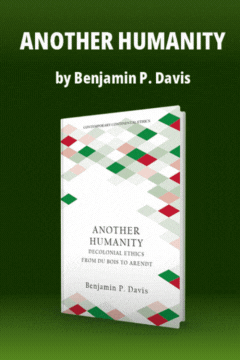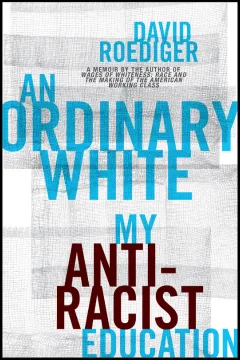Good Schools are Still Possible
Good Schools are Still Possible
I came to New York City in the fall of 1966, and began teaching in Central Harlem a few months later. Within the next two years the schools were embroiled in two strikes. Parents were organized and vocal; teachers believed their recently won powers to be threatened; the city was divided by race and class. And yet there was a lively sense that the old system was
done for: change of some sort was on the agenda. Decentralization, pedagogical innovations, parent control, teacher empowerment, accountability, public access, increased state and federal monies. These were the slogans of the day.
At their worst, the city’s schools were never bad in quite the way the public imagined. My friends used to marvel that I had the R...
Subscribe now to read the full article
Online OnlyFor just $19.95 a year, get access to new issues and decades' worth of archives on our site.
|
Print + OnlineFor $35 a year, get new issues delivered to your door and access to our full online archives.
|






